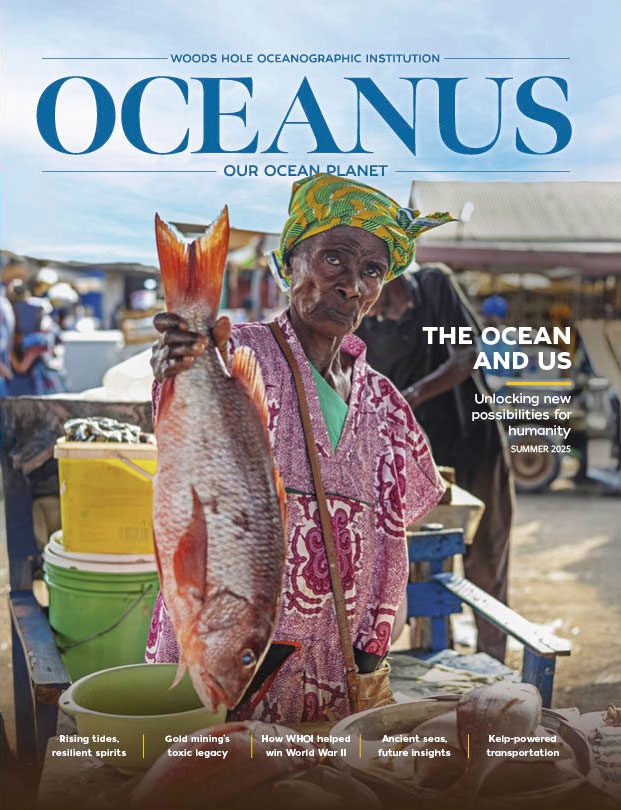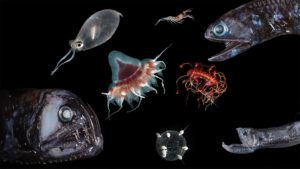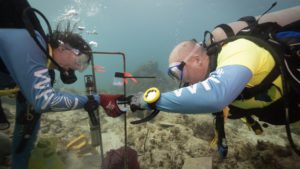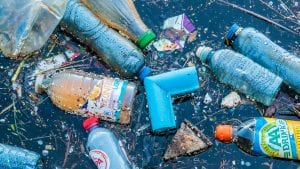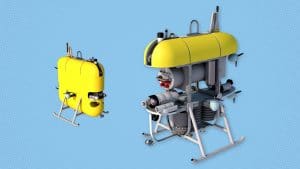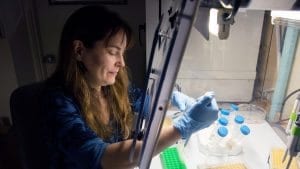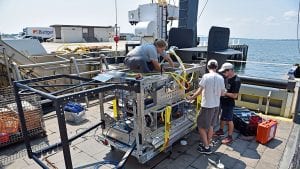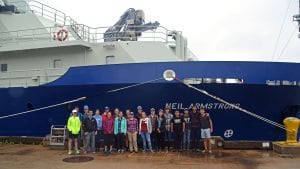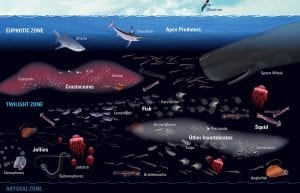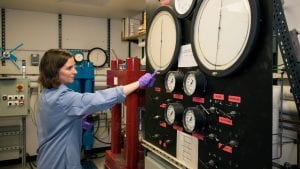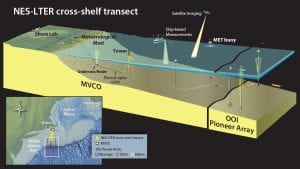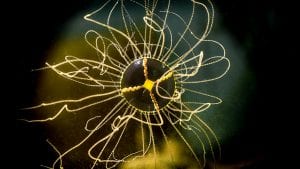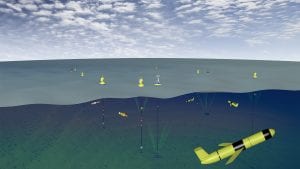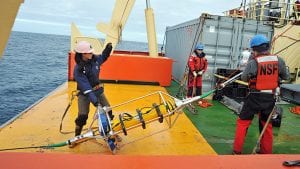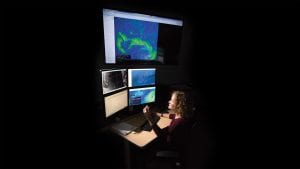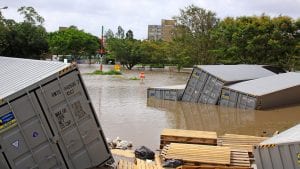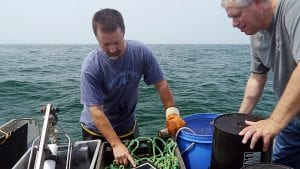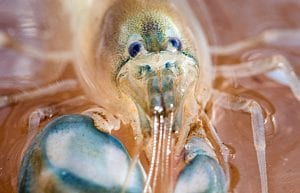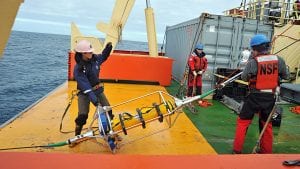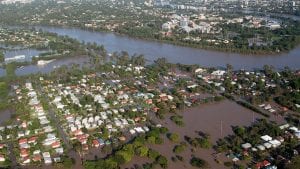Véronique LaCapra
Five big discoveries from WHOI’s Ocean Twilight Zone Project
Six years since it began, WHOI's Ocean Twilight Zone project brings new and exciting insights…
Can Sound Help Save Coral Reefs?
WHOI scientists use sound to attract larval corals that could help rebuild reef ecosystems
How Long Does Plastic Persist in the Ocean?
It can be hard to predict the average lifespan of plastics in the ocean when…
Celebrating an oceanographic life
WHOI looks back at the legacy of co-founder of MIT-WHOI Joint Program, former Director of…
Mesobot, Follow that Jellyfish!
WHO scientists and engineers are developing an innovative autonomous deep-sea vehicle with hovering and manuevering…
Chasing Ocean ‘Snowflakes’
Scientists envision putting a flotilla of devices in the ocean to act as “eyes” that…
Round Up the Unusual Suspects
A variety of genetic techniques are advancing ocean scientists' ability to identify which organisms live…
The Deep-See Peers into the Depths
Decades of research from many WHOI scientists and engineers have culminated in a multifaceted vehicle…
Students Get Their Sea Legs
Woods Hole Oceanographic Institution is known for its ocean-going research. But some incoming graduate students…
Mission to the Ocean Twilight Zone
The twilight zone is a part of the ocean 660 to 3,300 feet below the…
Taking Earth’s Inner Temperature
Woods Hole Oceanographic Institution wasn’t an obvious fit for Emily Sarafian. “I always felt a…
Long-term Study Focuses on New England Ocean
The National Science Foundation has created a new Long Term Ecological Research site off the…
Tiny Jellyfish with a Big Sting
Clinging jellyfish in waters near Vladivostok, Russia, are known for their painful, toxic stings. In…
A Pioneering Vision
In 2005, scientists at Woods Hole Oceanographic Institution devised a revolutionary plan: They would deploy…
The Young Woman and the Sea
Meghan Donohue always wanted a career in oceanography. She earned an undergraduate degree in physical…
Diving for Data
It’s the middle of the night on Cape Cod, Mass. Thousands of miles away in…
Pinocchio’s Nose
It took only a month for the new Ocean Observatories Initiative (OOI) to reveal insights…
When the Hunter Became the Hunted
In waters off Mexico’s Guadalupe Island, Woods Hole Oceanographic Institution (WHOI) engineers deployed the REMUS…
Extreme Climate
Extreme climatic events such as unusually severe storms and droughts can have profound consequences for…
Scientist-Fisherman Partnership
WHOI physical oceanographer Glen Gawarkiewicz is enlisting the help of local fishermen to find out…
Eavesdropping on Shrimp’s Snap Chat
At Woods Hole Oceanographic Institution, marine ecologist Ashlee Lillis is studying a tiny animal that…
Woman on Board
When Meghan Donohue decided to become a mooring technician—a job usually done by men—she knew…
Warming Ocean Drove Catastrophic Australian Floods
New research by Woods Hole Oceanographic Institution physical oceanographer Caroline Ummenhofer and Australian scientists suggests…
